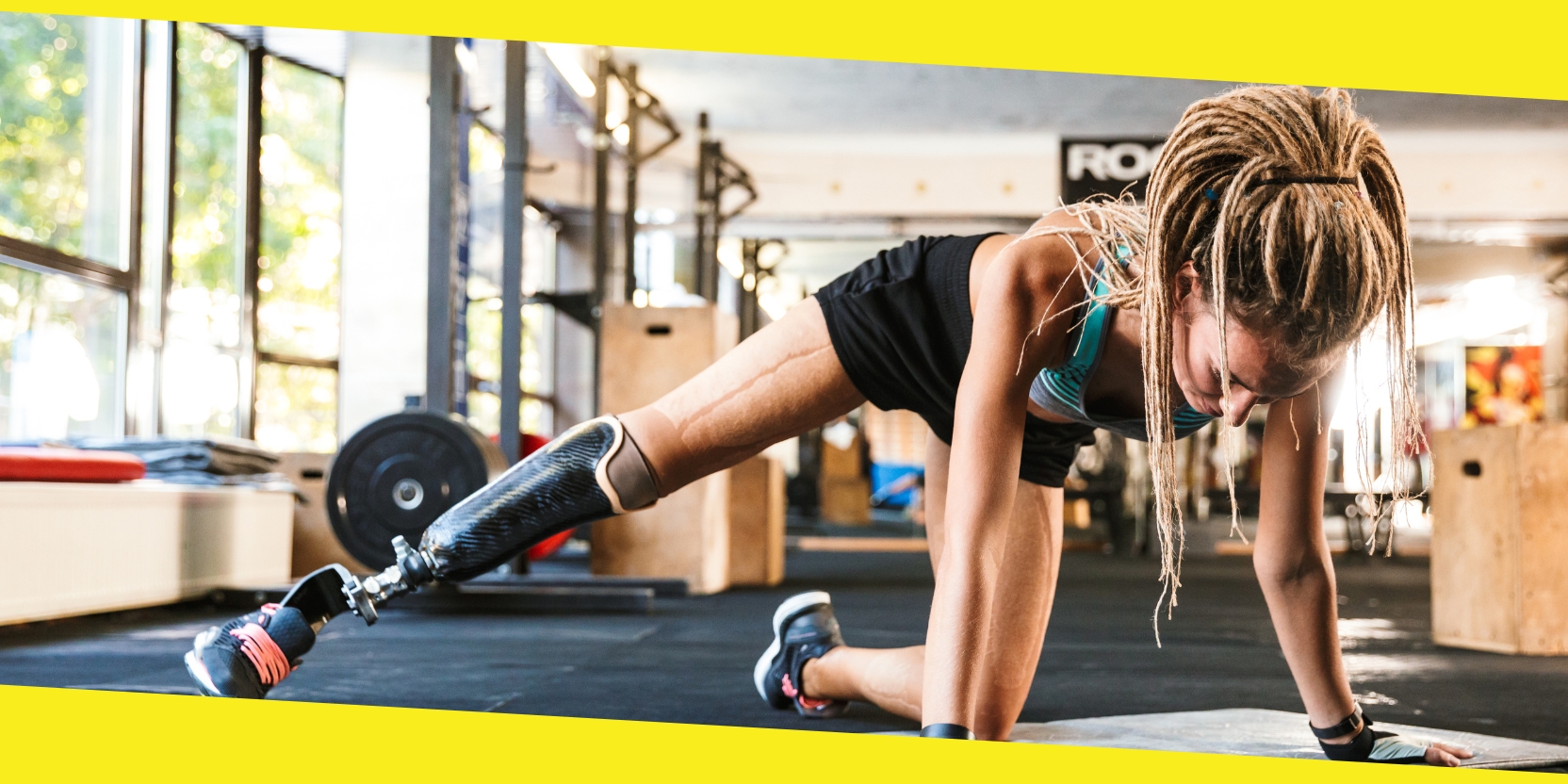Here’s Why Exercise is Important for People with Disabilities

Exercise is suitable for people of all body types, even those with no disability or health problems, but it is essential for anyone with disabilities. For example, people can engage in a healthy lifestyle by taking walks. Walking is also a good form of exercise for people with disability who can do it using assistive devices. There are also different types of exercise that people with disabilities can take part in to keep their muscles strong and also improve their mobility.
Reasons why people with disability need to exercise.
Here are some of the reasons why people with disability need to partake in doing exercises.
- It helps in improving functional strength. People with disability use less muscle strength than people who do not have any disabilities. Through their physiotherapy programs, they frequently get a combination of aerobic and strengthening exercises to stimulate improvements in muscle strength. Having them do this exercise can benefit each individual with a disability because it reduces the risk of one suffering from serious injuries related to weakness in the joints or the muscles.
- It helps in improving one’s range of motion. Weakness in the muscles causes a decrease in flexibility and mobility. Including exercise that increases one’s muscle strength, flexibility, or field of movement helps decrease potential injuries.
- Exercise helps in improving coordination and balance. Coordination is essential since it helps in preventing falls. As people, age, balance, and coordination are essential to an individual’s safety.
- Exercise brings about better physical fitness. Regular exercise helps improve the overall health of anyone with a disability by increasing their functional ability and decreasing their chances of getting hospitalized.
- It helps in improving one self – esteem. Frequent exercise can help individuals with disabilities improve their self-esteem and become more independent. It also helps in building one’s social life with friends and family through the often exercises.
- Improves an individual’s psychological well-being. Indulging in day-to-day exercise is an effective way to improve one’s cognitive function and an effective way to manage stress.
- It helps in reducing the risk of diseases. For example, physical activity prevents diseases such as type 2 diabetes, osteoporosis, depression, high cholesterol, heart disease, and hypertension. For people living with disabilities, these diseases are common and can be prevented through doing some physical activity or even aerobics, depending on one’s disability.
- Improved energy. Exercise helps in increasing one’s power which can help with the physical demands of everyday life and day-to-day activities. It helps make one strong, hence being dependent on handling daily activities.
- Works as a weight management plan. People with disabilities stand a high chance of gaining weight more quickly due to specific medication or lifestyle changes such as less mobility or reduced activity level, which can increase their risk of obesity or conditions such as high blood pressure.
Exercises for people with disability
If you are disabled, there may be physical activities that seem like they’re impossible to do. The Good part is there is always a way to work around physical limitations. People can do many exercises with a disability, and they don’t need a lot of modifications or changes to be performed. Have you been searching for disability exercises in Bexley for your loved one or yourself? If so, here is a list of some of the activities that can be handled by different people depending on their disabilities.
- Sit-up exercises. These exercises are done mainly by people who are in a wheelchair or on a walking aid. This exercise helps strengthen the back and improve posture at the same time.
- Single leg squat. If you cannot stand on one, this exercise can help you. It helps improve your flexibility and build muscle mass in the legs. This does not require any special equipment, hence can be done anywhere.
- Push-ups. Push up are the most common type of exercise every person tends to engage in. For people with disability, it is mainly done by people who don’t have much strength or stamina. It helps in the boosting one’s upper body and also helps in making the body more muscular.
- Planks. Planks are one of the best exercises since it activates almost every muscle group in your body while strengthening them. The challenge with this exercise is that it needs the strength of your core to complete it.
- Walking. This is one of the most common exercises people with disability can do. This exercise can be done anywhere around one’s comfort zone and environment. Walking can be done alone or in groups depending on one’s preferences. Walking helps in relieving stress, improves and encourages balance and muscle function, and also helps in reducing pain in one’s body.
- Yoga. Yoga is suitable for people with disabilities as well. People tend to feel like yoga poses are too hard to perform, but that’s not the case. Yoga has very many poses that one can choose from depending on one’s disability and what works best for them as an individual. Yoga helps in improving one’s mental health, balance, and flexibility. Yoga also helps reduce stress and anxiety and improves one’s sleeping pattern.
- Staircase climbing. Climbing the stairs is also an exercise that people can do with disabilities. Stair climbing helps strengthen the muscle and improves balance, stability, and flexibility. This exercise can be done at home, or they can choose to go outdoors. However, not all staircases are convenient for people with disability, so they must choose the right place that won’t be difficult for them.
- Swimming. Swimming is an excellent exercise for people who can help with disability. Swimming helps to maintain and improve the body’s muscles. It can be done in either a public or private setup. However, people with disabilities should choose swimming areas with other swimmers to help build their social life.
People with disabilities have the exact health needs of people without disabilities. Having a disability is linked to so many health risks, such as lower self-esteem, early death, and obesity due to changes in day-to-day life routine and even diet, and it can also lead to heart disease. However, there is light at the end of the tunnel by involving yourself with physical activity and exercise. It can help in improving one’s quality of life.
Recommended For You
Most Effective Tips for Bodybuilding Workouts
Most Inside
Most Inside offers high-quality recommendations and valuable updates to enhance all aspects of your life, providing premium guidance and enriching experiences.




